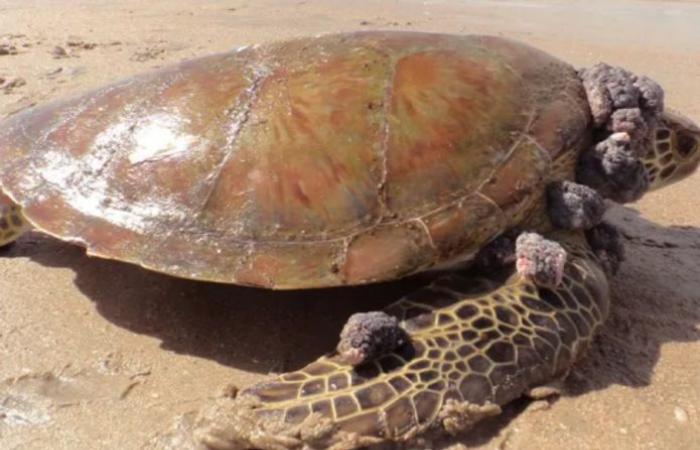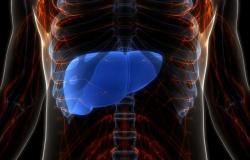A condition that affects turtles is yet another indication that the seas are excessively polluted. The new research from the Laboratory of Comparative Pathology of Wild Animals (Lapcom) at the Faculty of Veterinary Medicine and Animal Science (FMVZ) at USP, which mapped the occurrence of tumors in these animals, linked the evolution of the disease to different factors, including pollution.
What is fibropapillomatosis?
Fibropapillomatosis is a condition that affects sea turtles, caused by the Chelonid alphaherpesvirus 5 (ChHV-5). It manifests itself through benign tumors on the skin, similar to warts. Although not a type of cancer, tumors can be so large that they prevent basic activities, leading to death due to inability to eat or move.
Tumors can grow on the head, neck and front flippers. The hypothesis is that the infection is transmitted through saliva, when animals peck each other.
Scenario of turtles with fibropapillomatosis
- The study investigated the presence of tumors in green turtles along the coast of Espírito Santo between 2018 and 2021.
- It was discovered that 40.9% of the turtles analyzed had tumors caused by the Chelonid alphaherpesvirus 5 (ChHV-5).
- Among all species, green turtles are the most affected. Around 15% of them may develop the disease.
- These tumors can arise due to a combination of genetic and contagion factors. However, the evolution of the disease is greater in polluted environments.
- It is even more prevalent in highly polluted coastal areas, especially among young turtles.
Read more:
Beach pollution
Environmental pollution, from sewage, petroleum-derived chemicals and insecticides, is associated with an increased incidence of tumors in sea turtles. Contaminated beaches, the same ones that the population frequents, where these animals feed and live, contribute to the development of fibropapillomatosis.
The high water temperature also favors the growth of tumors and the transmission of the virus between turtles, as the hot water attracts many animals to the same space.
In Espírito Santo, the area in which the research investigated the waste leak from the Samarco dam in 2015 and the backflow of water from steel plants increase pollution in the region, a factor that increases the increasing recurrence of cases.
Today we do not have data to link the increase in the disease to the Mariana disaster itself. However, certainly, the more pollution in the environment, the greater the chance of developing fibropapillomatosis, which is a multifactorial disease. The quality of the environment is at the root of its manifestation.
Robson Guimarães Santos, professor at the Federal University of Alagoas (Ufal)
The study was published in the journal Plos One.






